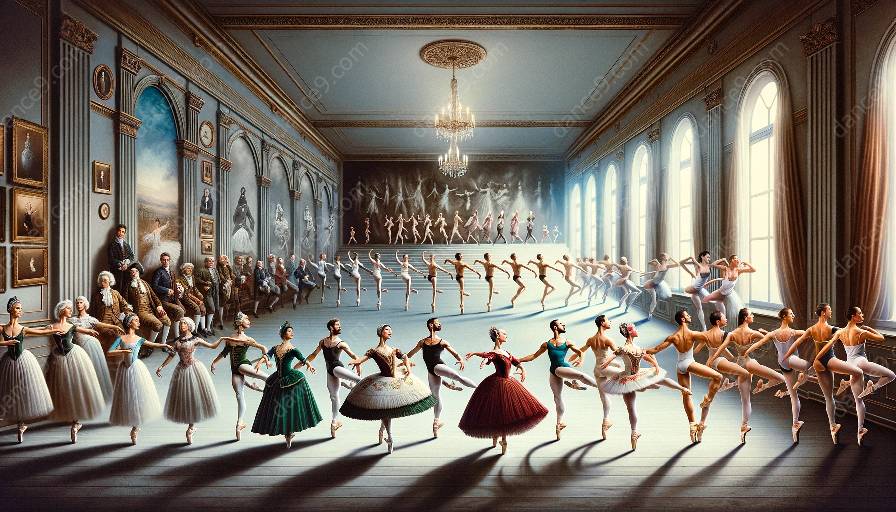Ballet techniques have been continuously evolving throughout history, and the contributions of Italian and French ballet masters have played a crucial role in this development. Italian and French influences have significantly shaped the foundation of ballet techniques and contributed to its rich history and theory.
Italian Influence on Ballet Techniques
Italian ballet masters have made remarkable contributions to the development of ballet techniques. During the Renaissance, Italy was a hub of artistic and cultural innovation, and ballet was no exception. One of the most influential Italian ballet masters was Carlo Blasis, known for his significant impact on ballet posture and technique. Blasis emphasized the importance of turnout, extension, and fluidity of movement, which are integral elements of classical ballet techniques to this day.
Furthermore, Enrico Cecchetti, another Italian maestro, made significant advancements in the codification and systematization of ballet techniques. His method, known as the Cecchetti method, remains a cornerstone of ballet training, focusing on precise footwork, port de bras, and musicality.
French Influence on Ballet Techniques
French ballet masters have also played a pivotal role in shaping the evolution of ballet techniques. France has a long-standing tradition of ballet, and its influence has been evident in the refinement and codification of ballet techniques. One of the most influential figures in French ballet history is Pierre Beauchamp, who is credited with the standardization of the five basic positions of the feet in ballet, providing a framework for the development of ballet techniques.
Additionally, the romantic era in ballet, which saw the development of ethereal movements and pointe work, was significantly shaped by French ballet masters such as Jules Perrot and Marius Petipa. Their innovative choreography and technical advancements laid the groundwork for the evolution of ballet techniques, introducing new elements that continue to influence contemporary ballet practices.
Combined Impact and Ongoing Legacy
The combined impact of Italian and French ballet masters has been instrumental in the evolution of ballet techniques, shaping the technical foundation and artistic expression of this dynamic art form. Their contributions have not only influenced the physicality of ballet but also contributed to its theoretical framework, enriching the historical and theoretical dimensions of ballet as a performance art.
Today, the legacy of Italian and French ballet masters continues to resonate in ballet training and performance worldwide. Their enduring influence is evident in the meticulous attention to technique, alignment, and artistry that define classical ballet, as well as in the ongoing exploration and innovation in contemporary ballet practices.





























